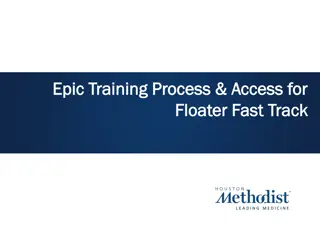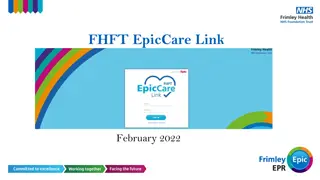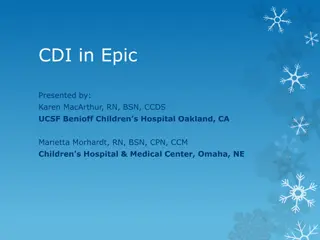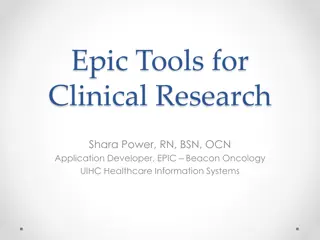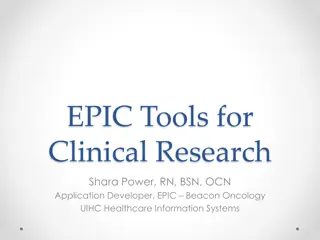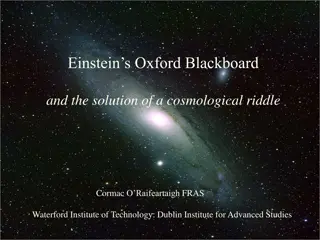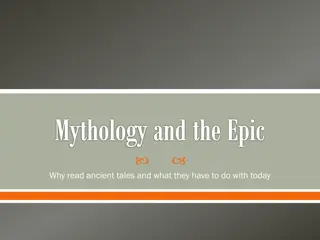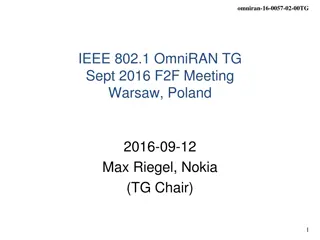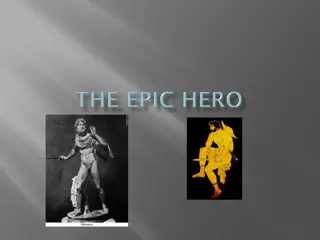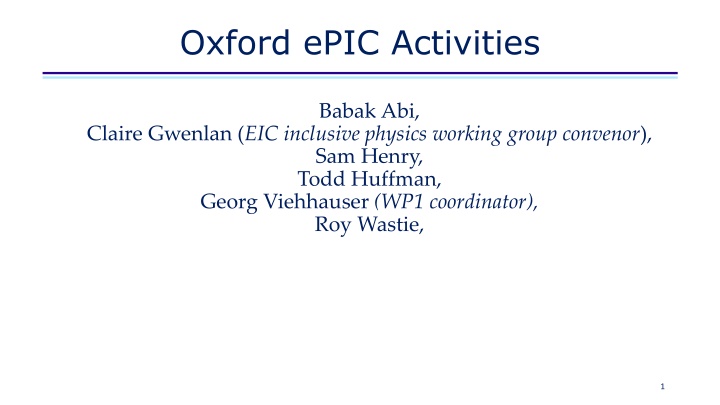
Oxford ePIC Activities and Funding Updates
Explore the latest updates on Oxford ePIC activities and funding, including planned work on mechanics integration and serial powering/DAQ projects. Learn about funding sources, system requirements, and concept development for supporting the outer tracker. Stay informed about proposed projects, potential funding sources, and ongoing development efforts at Oxford University.
Download Presentation

Please find below an Image/Link to download the presentation.
The content on the website is provided AS IS for your information and personal use only. It may not be sold, licensed, or shared on other websites without obtaining consent from the author. If you encounter any issues during the download, it is possible that the publisher has removed the file from their server.
You are allowed to download the files provided on this website for personal or commercial use, subject to the condition that they are used lawfully. All files are the property of their respective owners.
The content on the website is provided AS IS for your information and personal use only. It may not be sold, licensed, or shared on other websites without obtaining consent from the author.
E N D
Presentation Transcript
Oxford ePIC Activities Babak Abi, Claire Gwenlan (EIC inclusive physics working group convenor), Sam Henry, Todd Huffman, Georg Viehhauser (WP1 coordinator), Roy Wastie, 1
Oxford Funding Oxford not on current UKRI Preliminary Infrastructure Fund But we will be granted access the bridging funds from middle 24 We need to get funding from now until next year We have applied for 50k from the Oxford-internal John Fell Fund Funding for engineering effort, no equipment/material Decision should be published within the next two weeks We will also ask for about 50k$ from ePIC eRD/PED proposals UK has been part of these for a few years, but so far contributions have been in-kind, first time we ask for money We are in the process of writing this Once this is on the way we will try to also obtain funding through one of the Oxford colleges 2
Planned work on mechanics/integration The next step is clarifying system requirements/specifications Once this is done we would like to start developing a concept for the local supports of the outer tracker (L3 and L4) Too early to discuss a specific design, but we want to explore beyond an ALICE-type truss structure Allow for gas cooling Compatibility with service connections on both ends of a sensor and more than one sensor along the length of one L4 local support Not likely to be workable, but still want to think a bit about the potential use of inclined (in ) modules Then think about the global support for the outer tracker This should achieve a compact system that allows for transport of the outer tracker to BNL All that will include service management (including DSBs) 3
Planned work on Serial Powering/DAQ Potential projects of interest Serial powering Al bus/signal tapes Will multi-drop Command, Clock, and Control be needed? VTRx or other optical systems Huffman, Weidberg part of original development team Radiation qualification (If needed) System tests in concert with services and supports 4
Planned work on Serial Powering/DAQ Understand current design thinking and requirements documentation Lab Bench is being prepared Electron beam (Oxford) Bus tape qualification robot Engineers (P. Hastings, R. Wastie) and Post-doc (Babak Abi) already interested. Department supported for the moment What we would like short term: Something to start working with LDO shunt regulators to test Sensor signal systems (if makes sense) 5
Background simulation - aims Estimate radiation fluence in silicon detector to assess radiation hardness requirements Set up software to allow radiation simulations to guide further detector work Build expertise in running simulation code Oxford to provide student projects and further contributions to ePIC 6
Background simulations - strategy Simulate particle production from e + p collisions using Pythia 6 (Pythia 8 not complete for e + p) Simulate further interactions and particle production in ePIC detector using geant 4 All possible using EIC software available through singularity shell with documented tutorials Further contributions to background: Beam gas interactions Synchrotron radiation 7
Background simulations - results Preliminary 8
Background simulations - results Preliminary R=57mm Geant 4 Pythia 6 9
Background simulations - results Preliminary R=123 mm Geant 4 Pythia 6 10
Background simulations next steps Include beam gas interactions Use input files from collaboration? Synchrotron radiation simulations Synrad+ ? What other parameters are useful? Neutron flux? Radiation dose? Understand uncertainty on key parameters Total e+p cross section Summer student starting 3 July 11




